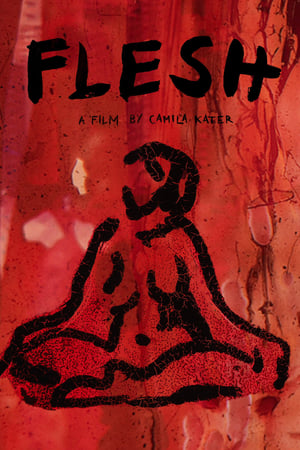
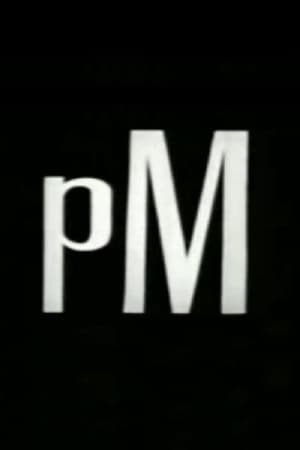
P.M.(1961)
Controversial cinéma vérité analysis of Havana’s lumpenproletariat in waterfront bars and cafés shortly after the failed Bay of Pigs invasion.

Movie: P.M.

P.M.
HomePage
Overview
Controversial cinéma vérité analysis of Havana’s lumpenproletariat in waterfront bars and cafés shortly after the failed Bay of Pigs invasion.
Release Date
1961-01-01
Average
6.6
Rating:
3.3 startsTagline
Genres
Languages:
EspañolKeywords
Recommendations Movies
Fight Club (Russian version)(ru)
The Russian version of the movie "Fight Club" is not just a Russian version of a well-known cult film, it is the result and of the hard work of two young men and their love for cinema, Alexander Kukhar (GOLOBON-TV) and Dmitry Ivanov (GRIZLIK FILM) , who are responsible for this project, from the development of its idea and the selection of the cast, to the organization of filming and financial support. Filming lasted a whole year. Everyday work, constant trips, searching for suitable film sets and an exhausting schedule - all this was not in vain and resulted in an unusually amazing and original project - the film "Fight Club", created in the very heart of southern Russia, in the city of Krasnodar, by two young people
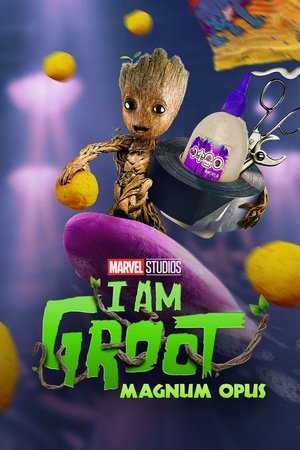 7.3
7.3Magnum Opus(en)
Groot sets out to paint a family portrait of himself and the Guardians, only to discover just how messy the artistic process can be.
Pain(en)
Dad catches a ball badly, injuring his finger. His guttural scream instantly hushes the entire sports complex. Sarah is paralysed. She barely recognises him; red faced, clutching his hand and crying. In the sanctuary of the locker changing rooms, Sarah explores and tests theories about what has happened with her Dad. She questions who her father is while struggling to grasp the concept of pain, both inside and out. Having found an apparent conclusion, Sarah returns to an apologetic Dad, and decides to put his promises to the test.music:Annette Focksproducer:Tobias Rosen, Heike Wiehle-Timmproduction:Relevant Film, Warner Bros Entertainment Germanybacking:Deutscher Filmförderfonds (DFFF) (DE), Schleswig-Holstein Film Commission (DE), Filmförderungsanstalt (FFA)(DE)distributor:Warner Bros Entertainment Germany
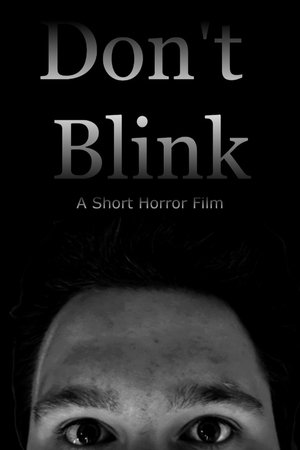 6.9
6.9Don't Blink(en)
A young man talks to his psychiatrist about strange visions he has been having in his dreams.
John(en)
John tells the story of a young male, a psychiatric hospital patient who witnesses the death of another Black male patient at the hands of white staff. Blurring the boundaries between fact and fiction, this work draws from real life cases of mentally ill Black men who have died as a result of excessive force of the State.
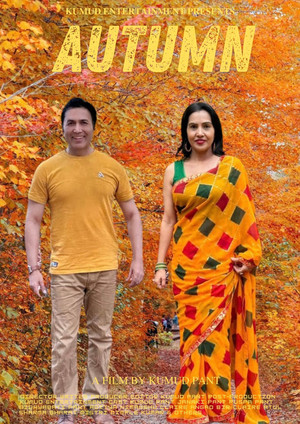 9.5
9.5Autumn(en)
Jay, Mia, and Pitar were three friends who loved exploring the beauty of nature, especially during the autumn season. Their story unfolds over three special journeys, each capturing the warmth of friendship and the beauty of autumn. Their first journey took Jay and Mia to Frensham Great Pond, a beloved spot surrounded by vibrant autumn trees. As they walked along the water's edge, the cool breeze and golden leaves filled them with joy. They laughed, skipped stones, and admired the reflections of amber and red across the pond. For their second adventure, Pitar joined Jay and Mia at Sandy Hill in Aldershot, one of the highest points in the area. From the top, they could see all of Aldershot and even Farnborough in the distance. Standing above it all, they felt a deep sense of freedom and awe as they looked out at the rolling autumn landscape below. Their third journey led them to Tice's Meadow Nature Reserve in Surrey. Known for its peaceful trails and abundant wildlife,
Girls Fight Club(en)
The best women's wrestling competition of all time...and if you think it's fake you're in for a big surprise See LEGENDARY Mixed Martial Arts fighters coach their teams to victory in the cage! aka Chuck Lidell's Girl's Fight Club
 6.8
6.8Documenting the Face of America: Roy Stryker & the FSA Photographers(en)
A short television documentary detailing Roy Stryker and his group of photographers who created a portfolio of iconic images of the Great Depression.
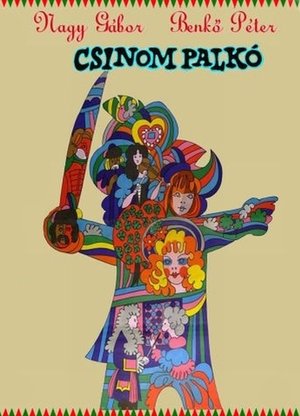 7.2
7.2Palkó Csinom(en)
The musical adventure film goes back to the early eighteenth century, the times of the battles between the Hungarian insurrectionists and the pro-Austrians. Palkó and Jankó are about to join the insurrectionist army when they clash with a pro-Austrian troop. Jankó is captured and put in Count Koháry's prison.
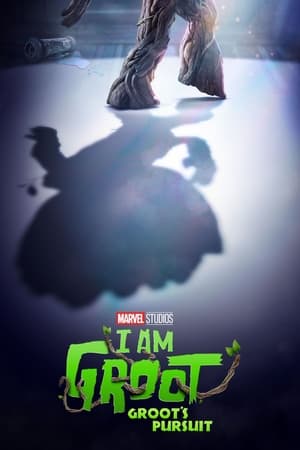 7.1
7.1Groot's Pursuit(en)
Groot investigates a spooky noise that’s been haunting the Quadrant, which leads to an intense dance off.
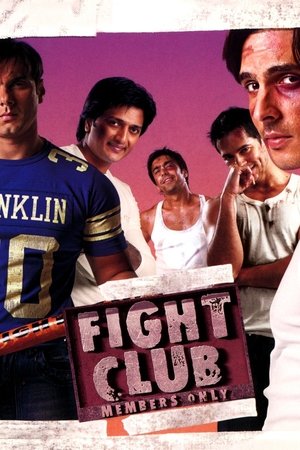 6.4
6.4Fight Club: Members Only(hi)
Four friends head off to Bombay and get involved in the mother and father of all gang wars.
 8.1
8.1Comedy Fight Club Live(da)
The biggest up-and-coming talents on the Danish comedy scene compete to win the title of ZULU Comedian of the Year! The concept is simple: Simon Talbot, Torben Chris, Nikolaj Stokholm, and several others you know hook up with the new talents and decide what they should be funny about.
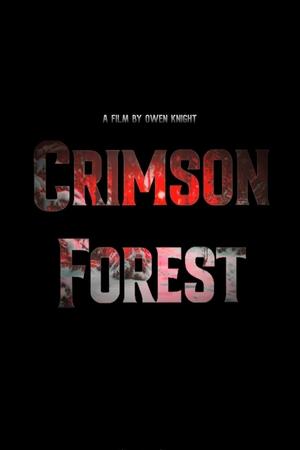 6.2
6.2Crimson Forest(en)
Upon waking up in a strange forest, a young man questions whether or not the environment around him is real or a figment of his imagination.
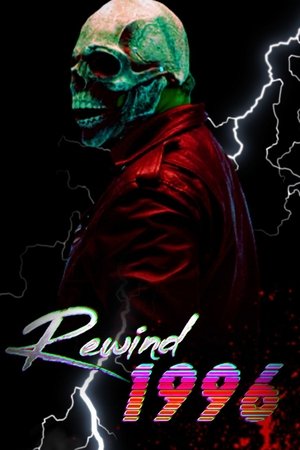 3.2
3.2Rewind 2: 1996(en)
When Marty's car is stolen, he sets out on a mission to find it; however, he soon realizes that the person who stole it is much more dangerous than he thinks.
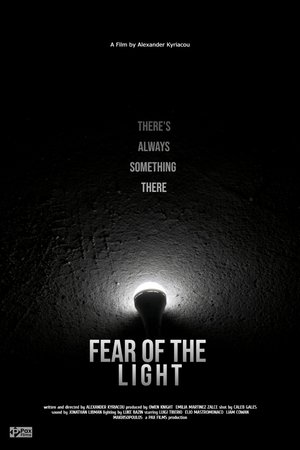 8.1
8.1Fear of the Light(en)
After an unthinkable tragedy, a man's reality is shattered by a seemingly haunted flaslight.
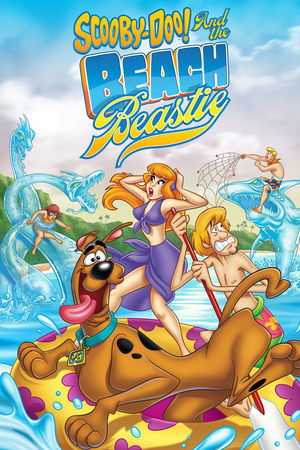 8.4
8.4Scooby-Doo! and the Beach Beastie(en)
Scooby-Doo and the gang investigates a new ghost at a water park resort.
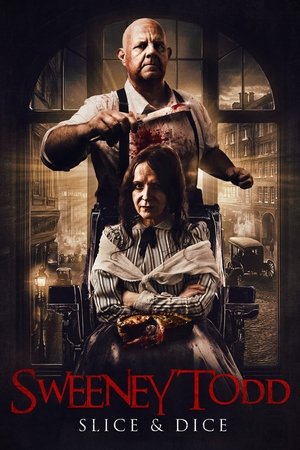 0.0
0.0Sweeney Todd: Slice & Dice(en)
London, 1846: successful barber, Sweeney Todd, has for years been haunted by the loss of his parents at the hands of a cruel Judge. One fateful night, his path crosses with local baker, Mrs. Lovett, a woman who too has suffered a devastating miscarriage of justice by the same judge and his corrupt associates. Scheming to put a deadly end to the cycle of abuse and exploitation, Todd and Lovett make a pact, and it is her that leads the charge in seeking a bloody revenge, in the most macabre of ways.
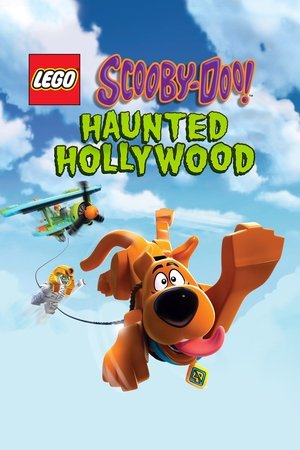 7.3
7.3LEGO Scooby-Doo! Haunted Hollywood(en)
The gang find themselves in a tinsel-town twist! While on a VIP tour of the legendary Brickton Studios, Scooby and friends get a first-hand experience of the rumored hauntings when classic movie monsters drop in for a creepy casting call.
Similar Movies
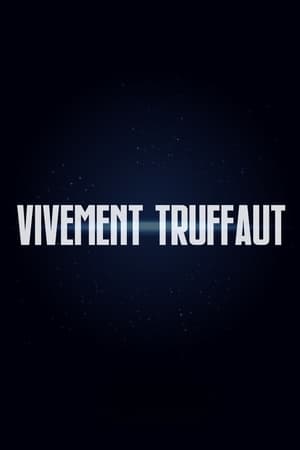 6.0
6.0Vivement Truffaut(fr)
A tribute to the late, great French director Francois Truffaut, this documentary was undoubtedly named after his last movie, Vivement Dimanche!, released in 1983. Included in this overview of Truffaut's contribution to filmmaking are clips from 14 of his movies arranged according to the themes he favored. These include childhood, literature, the cinema itself, romance, marriage, and death.
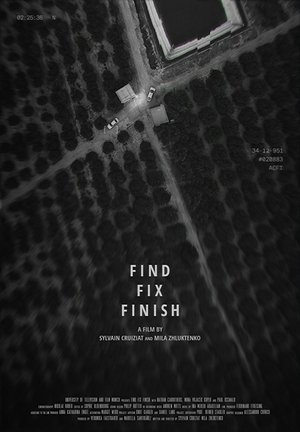 0.0
0.0Find Fix Finish(de)
Find Fix Finish delves into the stories of three US-Drone pilots revealing the clandestine operational strategies practiced by the US Government.
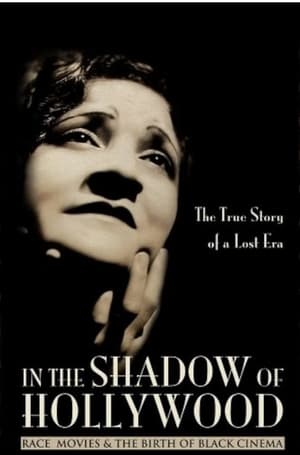 6.5
6.5In the Shadow of Hollywood: Race Movies and the Birth of Black Cinema(en)
This documentary captures the sounds and images of a nearly forgotten era in film history when African American filmmakers and studios created “race movies” exclusively for black audiences. The best of these films attempted to counter the demeaning stereotypes of black Americans prevalent in the popular culture of the day. About 500 films were produced, yet only about 100 still exist. Filmmaking pioneers like Oscar Micheaux, the Noble brothers, and Spencer Williams, Jr. left a lasting influence on black filmmakers, and inspired generations of audiences who finally saw their own lives reflected on the silver screen.
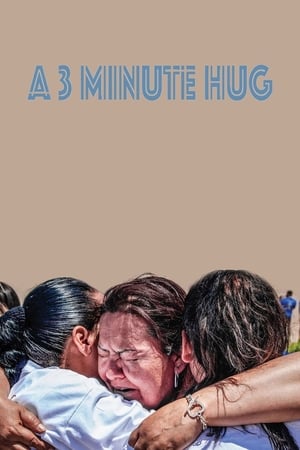 6.5
6.5A 3 Minute Hug(es)
As daylight breaks between the border cities of El Paso, Texas, and Juarez, Mexico, undocumented migrants and their relatives, divided by a wall, prepare to participate in an activist event. For three minutes, they’ll embrace in no man’s land for the briefest and sweetest of reunions.
 7.0
7.0Land Without Bread(es)
An exploration —manipulated and staged— of life in Las Hurdes, in the province of Cáceres, in Extremadura, Spain, as it was in 1932. Insalubrity, misery and lack of opportunities provoke the emigration of young people and the solitude of those who remain in the desolation of one of the poorest and least developed Spanish regions at that time.
 0.0
0.0Afro Promo(en)
Co-curated by Jenni Olson and the late Black gay activist Karl Knapper, this entertaining showcase of vintage movie trailers traces the evolution of African American cinema through its most crucial period, 1952-1976. Filled with insights on race and social dynamics, this fascinating compendium of coming attractions explores an extensive range of stylistic approaches—Blaxploitation, Comedy, Music Bio, Plantation Drama and more—offering an outrageous joyride through motion picture history. Beyond mere camp, these marvelously condensed gems crystallize a range of African American identities and personalities, tracking the meteoric careers of Sidney Poitier, James Earl Jones, Billy Dee Williams, Richard Pryor, Pam Grier and others through their bold performances in movies both hugely popular and practically forgotten. Afro Promo provides a compact glimpse at the representation of African Americans through twenty-five dynamic years of American cinema history.
 7.5
7.5Brasilia, Contradictions of a New City(pt)
In 1967, de Andrade was invited by the Italian company Olivetti to produce a documentary on the new Brazilian capital city of Brasília. Constructed during the latter half of the 1950s and founded in 1960, the city was part of an effort to populate Brazil’s vast interior region and was to be the embodiment of democratic urban planning, free from the class divisions and inequalities that characterize so many metropolises. Unsurprisingly, Brasília, Contradições de uma Cidade Nova (Brasília, Contradictions of a New City, 1968) revealed Brasília to be utopic only for the wealthy, replicating the same social problems present in every Brazilian city. (Senses of Cinema)
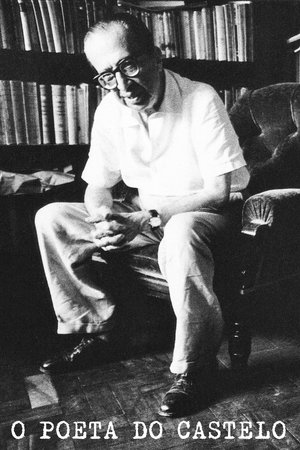 6.9
6.9The Poet of the Castle(pt)
A 10-minute portrait of modernist poet and de Andrade’s godfather, Manuel Bandeira, is clear in its affection for it subject, though like many New-Waveish films of the time, depicts the modern urban landscape as an ominous and alienating force.
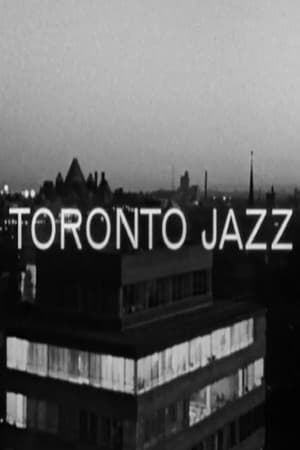 6.0
6.0Toronto Jazz(en)
Toronto is regarded as the third largest jazz centre in North America. This film features a cross-section of jazz bands of that city: the Lenny Breau Trio, the Don Thompson Quintet and the Alf Jones Quartet. Their styles show creative self-expression, hard work, and improvisation.
 8.2
8.2Night and Fog(fr)
Filmmaker Alain Resnais documents the atrocities behind the walls of Hitler's concentration camps.
 7.1
7.1The Arrival of a Train at La Ciotat(fr)
A group of people are standing along the platform of a railway station in La Ciotat, waiting for a train. One is seen coming, at some distance, and eventually stops at the platform. Doors of the railway-cars open and attendants help passengers off and on. Popular legend has it that, when this film was shown, the first-night audience fled the café in terror, fearing being run over by the "approaching" train. This legend has since been identified as promotional embellishment, though there is evidence to suggest that people were astounded at the capabilities of the Lumières' cinématographe.
 6.7
6.7Workers Leaving the Lumière Factory(fr)
Working men and women leave through the main gate of the Lumière factory in Lyon, France. Filmed on 22 March 1895, it is often referred to as the first real motion picture ever made, although Louis Le Prince's 1888 Roundhay Garden Scene pre-dated it by seven years. Three separate versions of this film exist, which differ from one another in numerous ways. The first version features a carriage drawn by one horse, while in the second version the carriage is drawn by two horses, and there is no carriage at all in the third version. The clothing style is also different between the three versions, demonstrating the different seasons in which each was filmed. This film was made in the 35 mm format with an aspect ratio of 1.33:1, and at a speed of 16 frames per second. At that rate, the 17 meters of film length provided a duration of 46 seconds, holding a total of 800 frames.
Fanalysis(en)
Actor/cult icon Bruce Campbell examines the world of fan conventions and what makes a fan into a fanatic.
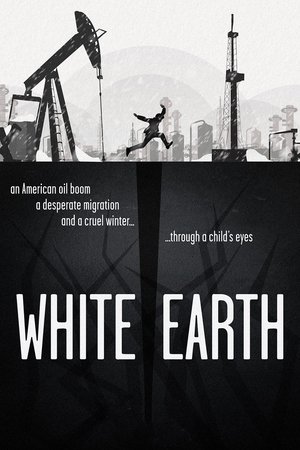 6.4
6.4White Earth(en)
An oil boom has drawn thousands to America’s Northern Plains in search of work. Against the backdrop of a cruel North Dakota winter, the stories of three children and an immigrant mother intertwine among themes of innocence, home, and the American Dream.
Apache(en)
Short about the daily life of the Apaches, including their ceremonies.
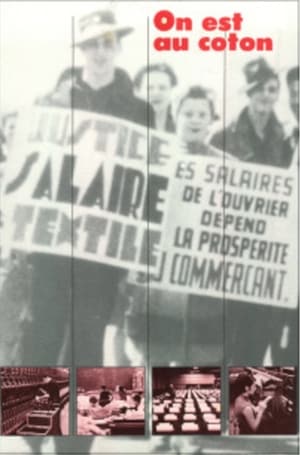 6.0
6.0Cotton Mill, Treadmill(fr)
Director Denys Arcand made an inquiry on textile industry in Quebec, meeting employers and workers of that industry.
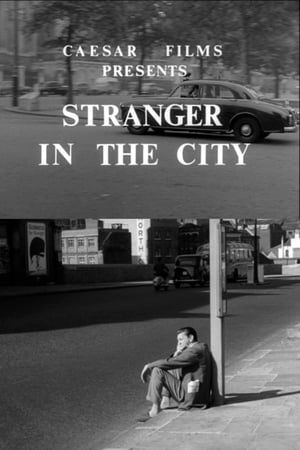 0.0
0.0Stranger in the City(en)
Aspects of a London day, including prostitutes on street corners, a striptease show and the 2i's Coffee Bar.
Darts in the Dark: An Introduction to W.O. Mitchell(en)
Canadian author, humorist and storyteller W.O. Mitchell talks about his career as a writer and performer. Known for his witty radio and television appearances, Mitchell shows a more serious side as he reveals his personal views on writing and on the meaning of life and death.
